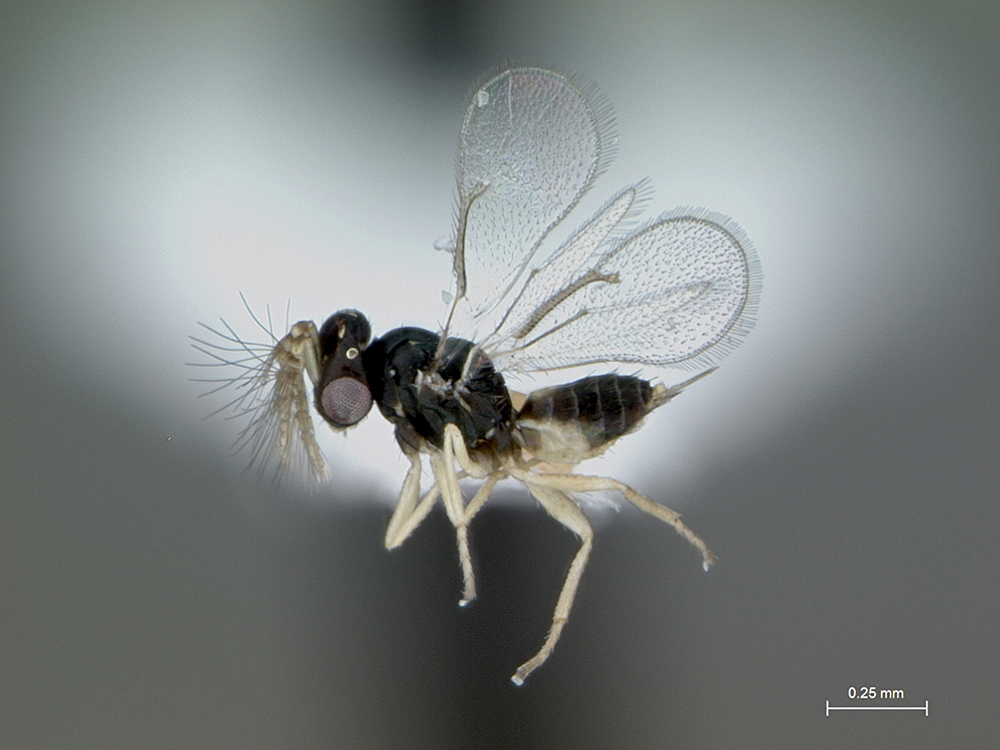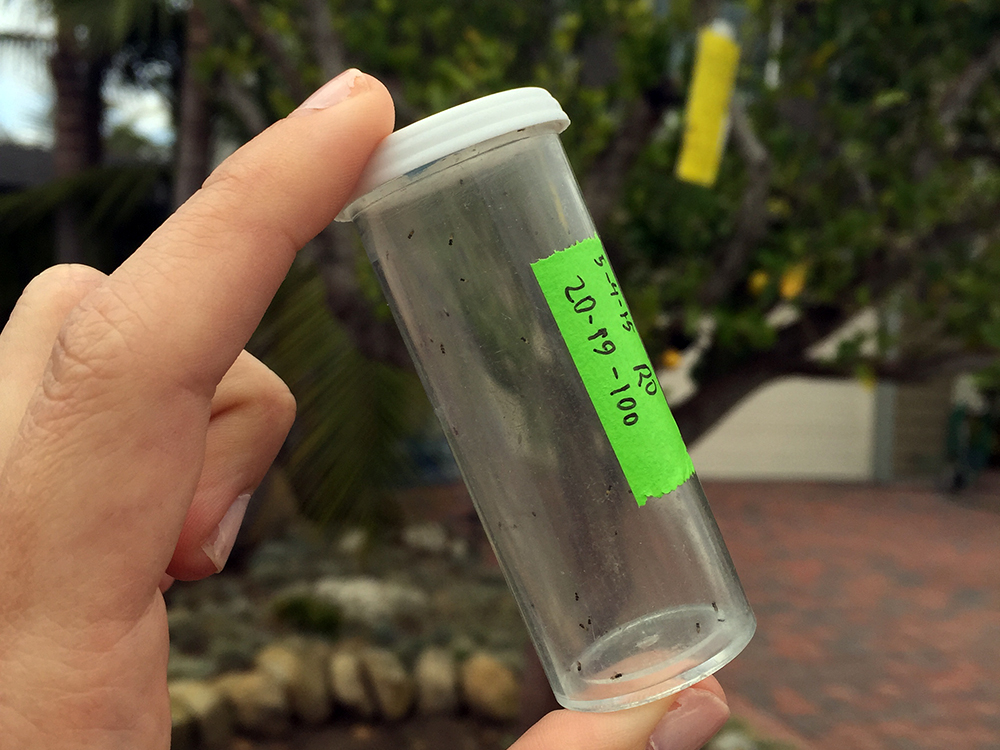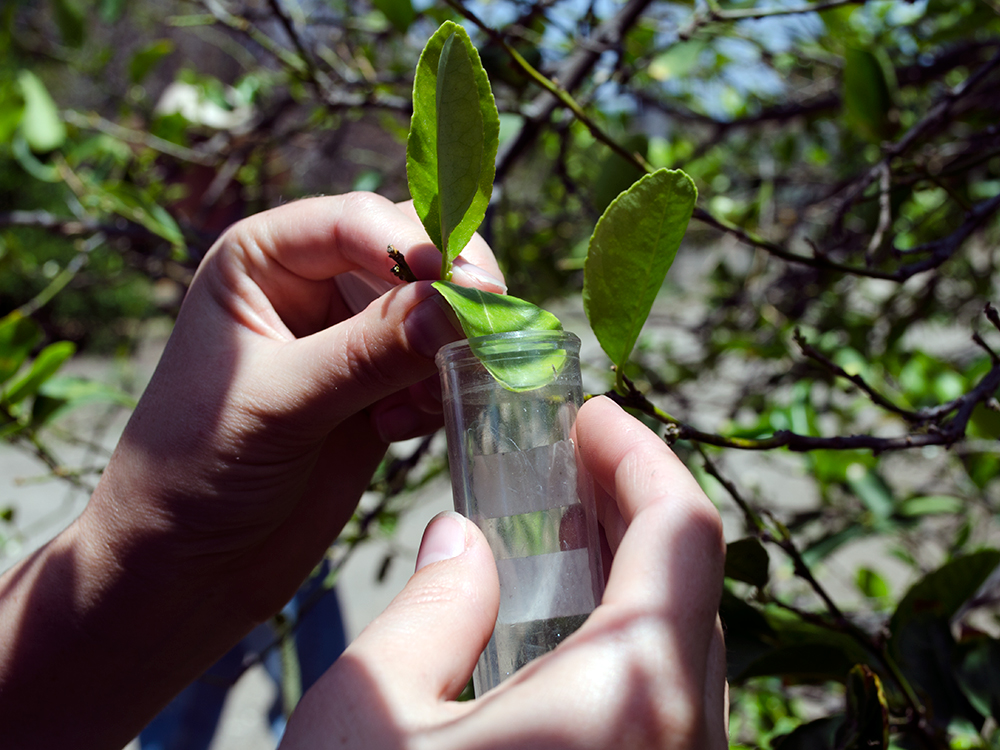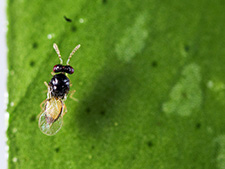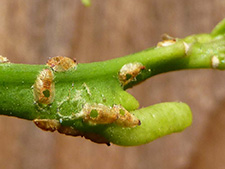What You Can Do
Follow these best practices to save your citrus tree and limit the spread of Huanglongbing and the Asian citrus psyllid.
- Inspect trees for the Asian citrus psyllid and Huanglongbing monthly, and whenever watering, spraying, pruning or tending trees. If you spot the pest or disease, call: 800-491-1899. Psyllids are most noticeable when new leaves are growing on the tips of the branches.
- As part of your tree care, visit your local nursery or garden center to get advice on products that can help protect your citrus tree. Learn more about treatment recommendations from the University of California Agriculture and Natural Resources.
- Do not move citrus plants, foliage or fruit into or out of your area, and especially across state or international borders. This could unknowingly contribute to spread of the pest and disease.
- When planting a new citrus tree, be sure to get your tree from a reputable, licensed nursery in your local area.
- When grafting citrus trees, only use registered budwood that comes with source documentation, such as the budwood offered through the Citrus Clonal Protection Program
- Be sure to dry out citrus tree clippings or double bag them before removing the plant material from the property.
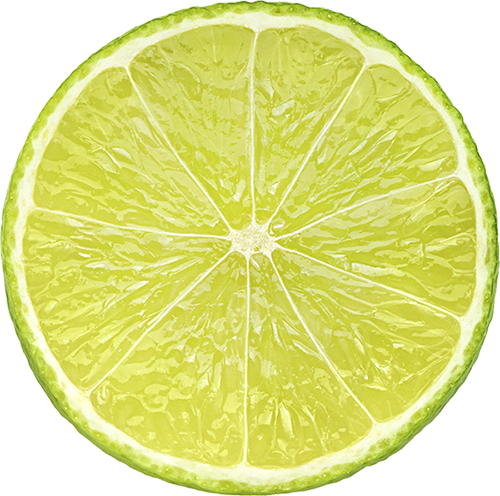
Officials Working in Your Area
State and local agriculture officials are hard at work doing their part to protect backyard citrus trees and California’s valuable commercial citrus orchards. Watch the video below to learn what to expect if state agriculture officials ask to access your property to inspect your citrus tree.
Pest Management at Home
State agriculture crews are not treating in all areas of California, so you may need to take a proactive stance to protect your tree. Inspect citrus foliage regularly for signs of the pest and disease, and consider treating your citrus tree with a product proven to be effective against the Asian citrus psyllid. Visit your local nursery or garden center and ask about products that will control the Asian citrus psyllid. Always follow label instructions for the safest and most effective use of the product. For more tips about how to treat your citrus tree, visit the University of California’s Division of Agriculture and Natural Resources website.
Biological Control
Biological control is a means of reducing populations of an unwanted pest, like the Asian citrus psyllid, by using another insect that is a natural predator or parasite. In Asia, where the psyllid originates, a tiny wasp called Tamarixia radiata naturally preys on the Asian citrus psyllid, which prevents psyllids from spreading unrestrained. Here in California backyards, this form of biological control is a good tool for lowering populations of the Asian citrus psyllid, although it’s not a solution on its own.
Trained teams of entomologists are releasing Tamarixia onto citrus trees in some residential areas of Southern California at no cost to residents. One way citrus tree owners can help improve the effectiveness of Tamarixia is by placing ant bait around citrus trees to reduce ants. Ants will interfere with beneficial insects like Tamarixia and actually protect harmful pests like the Asian citrus psyllid.
The use of Tamarixia in California is a cooperative effort of the University of California Riverside, Citrus Research Board, United States Department of Agriculture and California Department of Food and Agriculture. Researchers are currently exploring the effectiveness of another beneficial insect called Diaphorencyrtus aligarhensis to assist Tamarixia with control of the Asian citrus psyllid. To see where Tamarixia and Diaphorencyrtus have been released, visit this University of California’s website map and turn on the parasite layers: http://ucanr.edu/sites/ACP/

